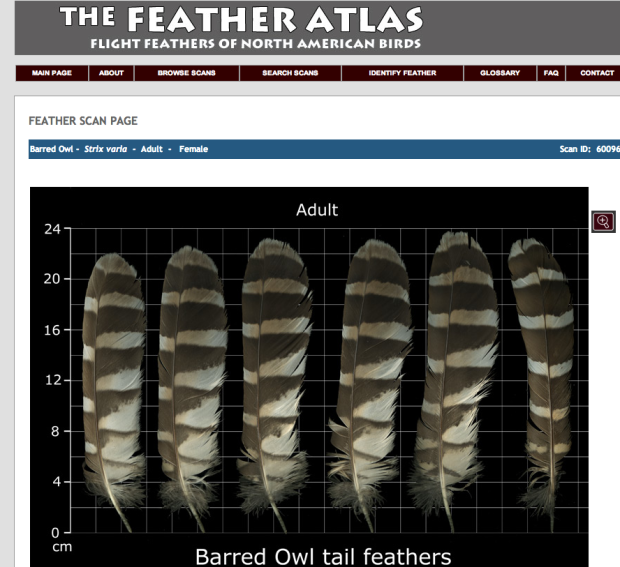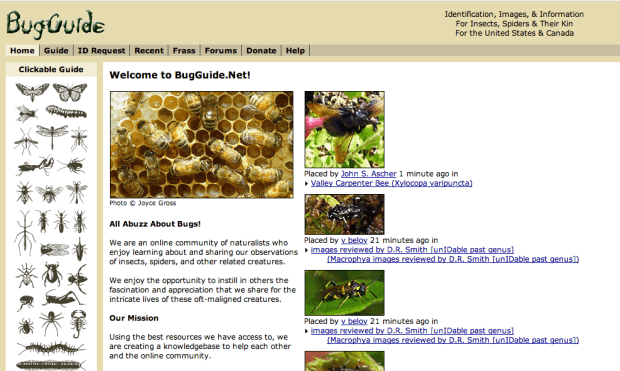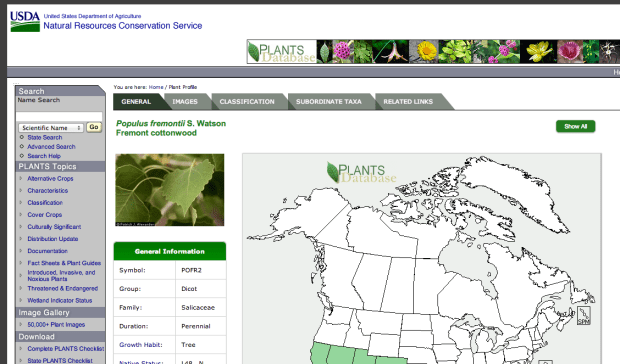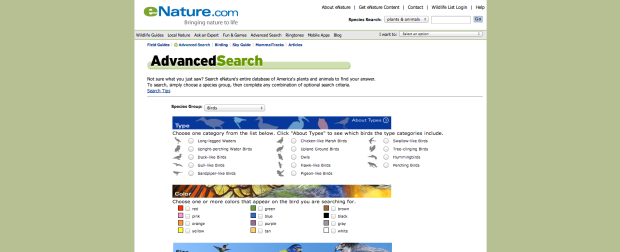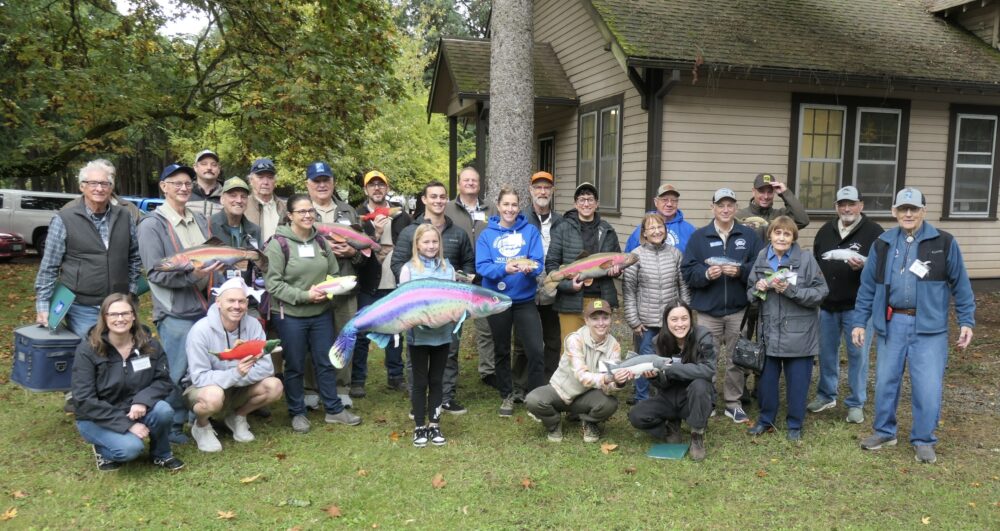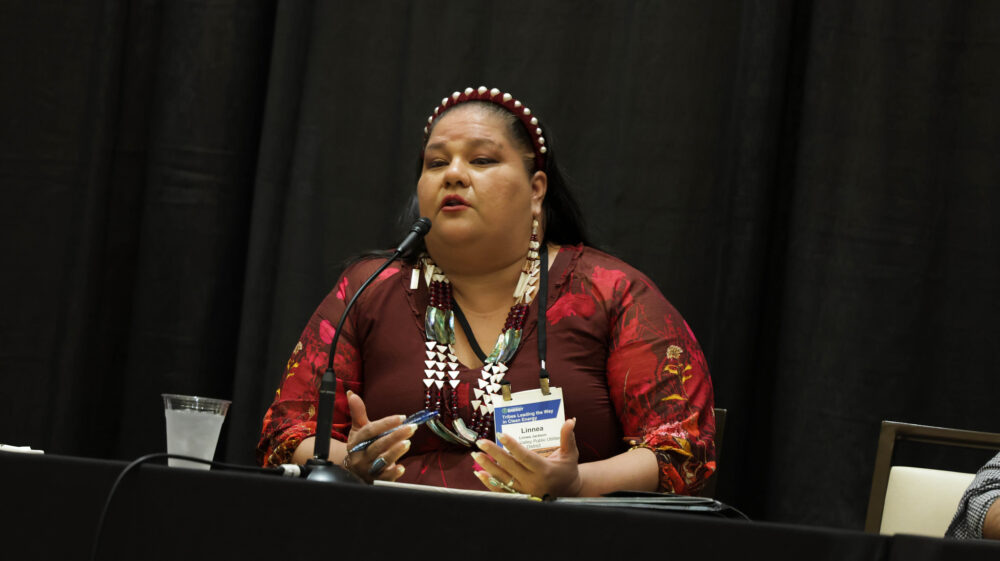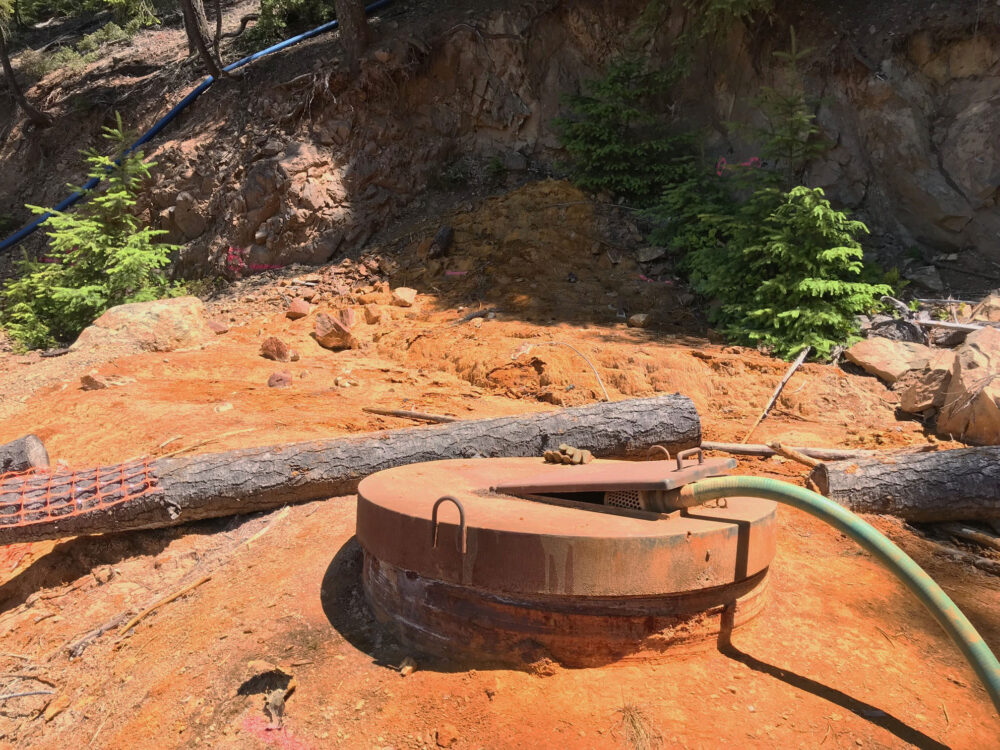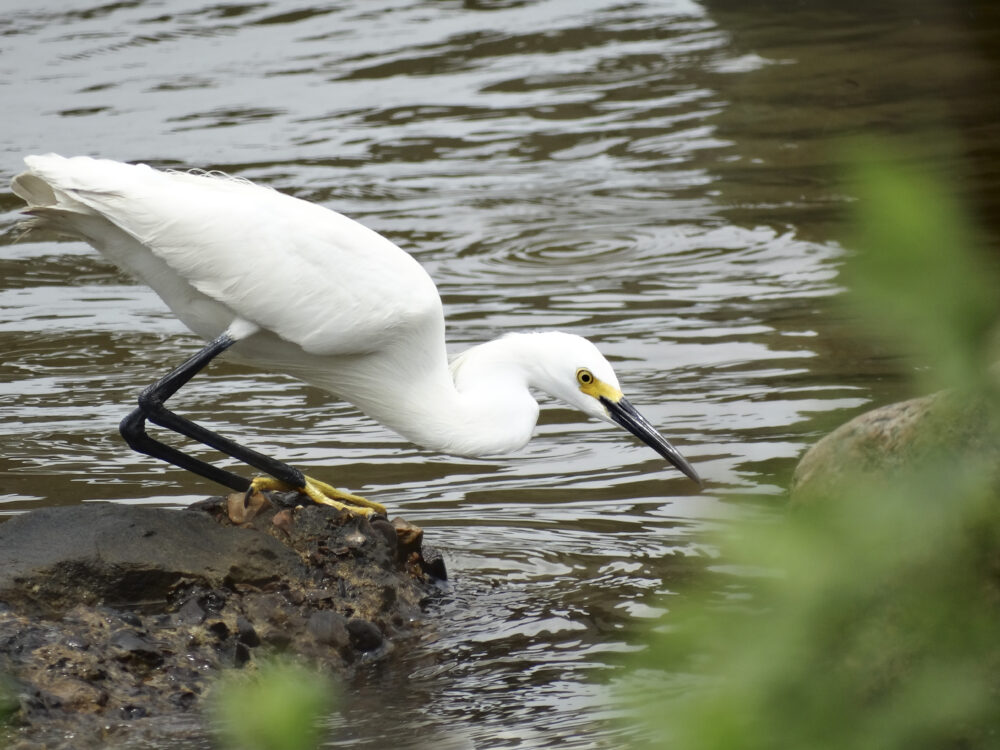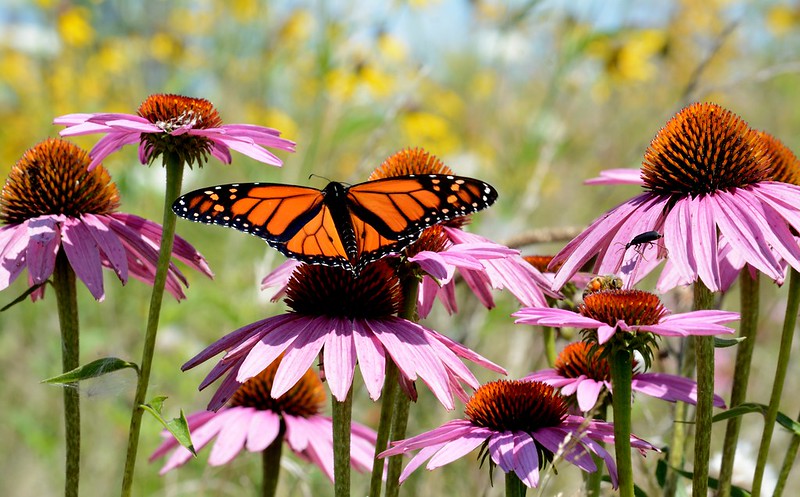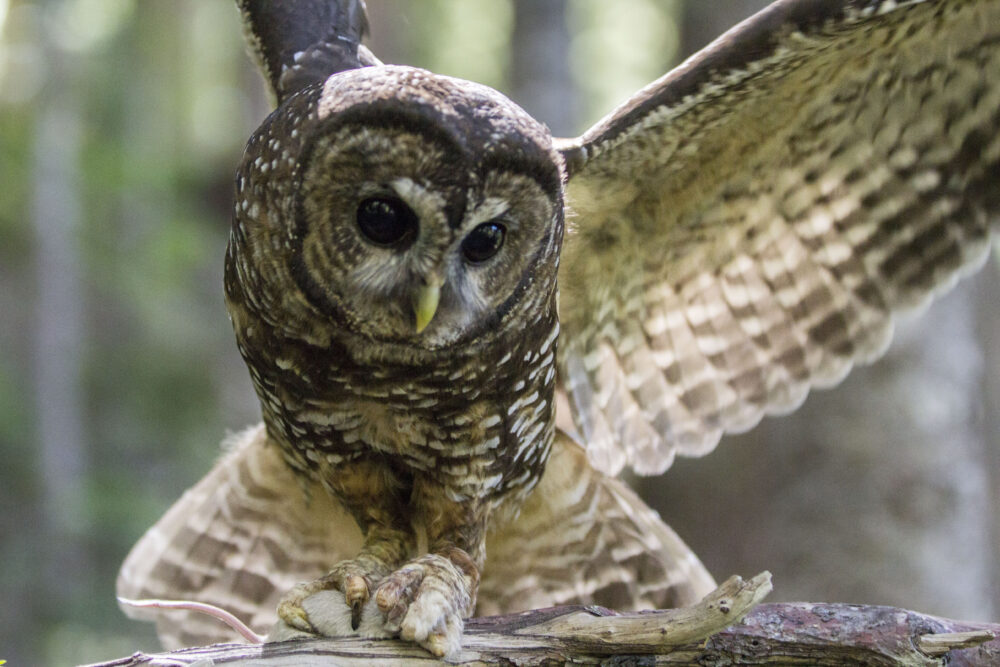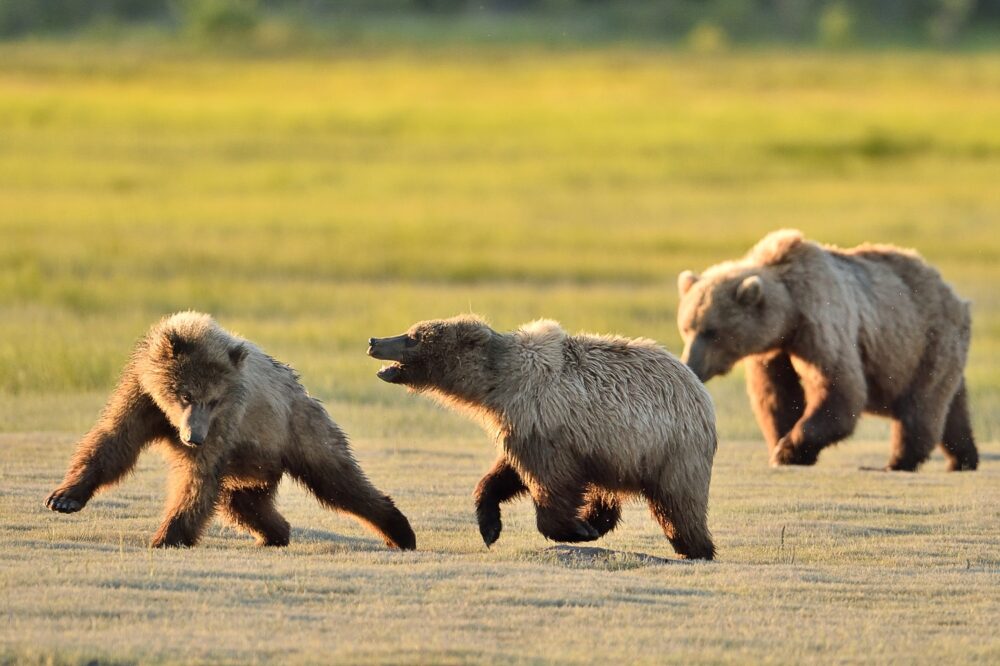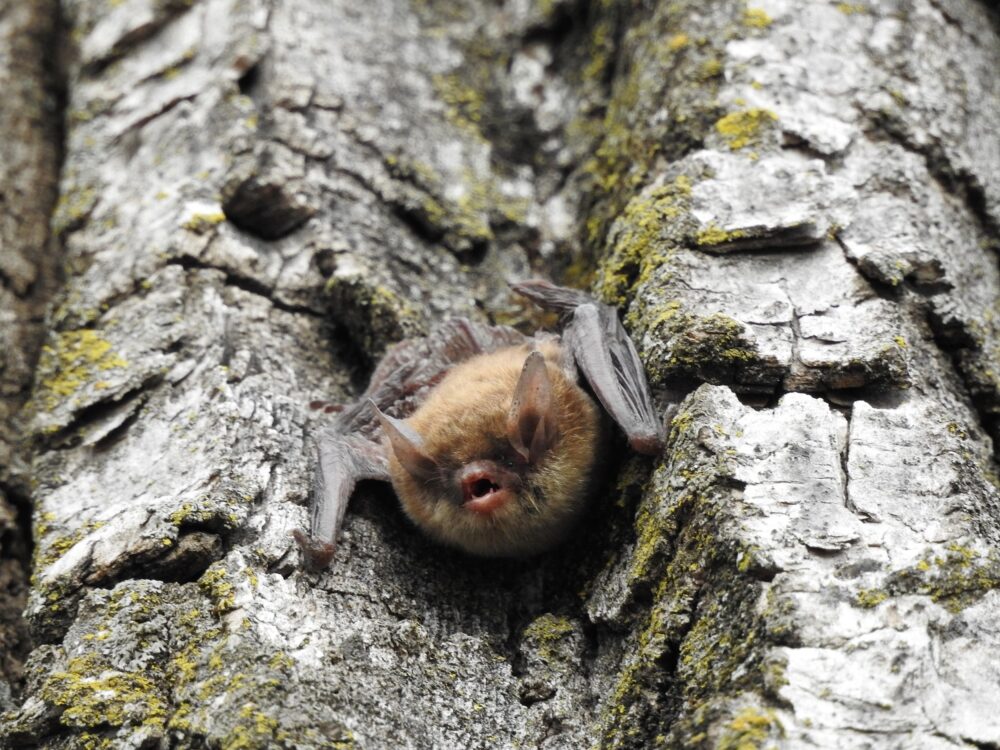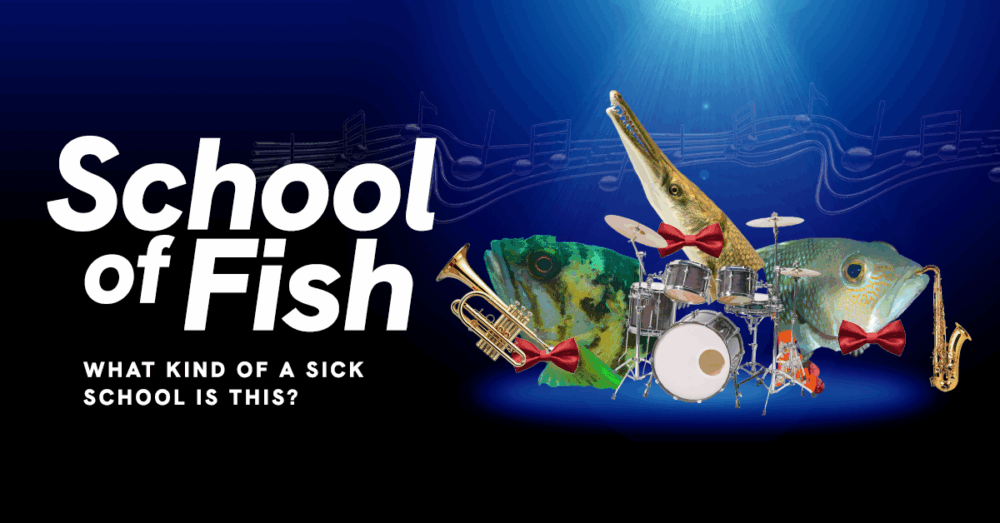We have much more to do and your continued support is needed now more than ever.
10+ Naturalist Resources for Identifying Wildlife
The animals we see, the sounds we hear, the forests, meadows and riverbanks we explore, all tell a story. As curious individuals, it can be difficult to recognize what we’re looking at, and lugging around field guides can add a substantial load. Luckily, there are a number of sites that can help us identify a feather, track down an animal print or teach us more about a flower. This knowledge increases our understanding and appreciation of the story told by the natural world. As you explore, it helps to record details on your observations (size, color, shape, etc.) in a journal, snap a picture or sketch what you see.
Once you have that information, these sites can steer you in the right direction and hopefully lead to an identification!
Birds, Nests and Feathers
- The Feather Atlas (pictured) by the Forensics Lab at USFWS Additional Online Search Resources – Resource to help identify feathers.
- Bird Guide for North America – A great online guide to birds and birdwatching for those curious about our feathered friends.
- NestWatch – Browse through common nesting birds that nest and see if you can identify what you’re looking at.
- Whatbird.com – You can click to browse birds by state, shape, color and more.
For Insects:
- Identify most insects and submit any questions or ID requests you have to BugGuide.net (pictured).
- Discover Life has a great online resource for caterpillars and butterflies.
- Butterflies and Moths also helps with identification (including regional checklists).
For Plants:
- The Plant Database (pictured) by USDA – This resource is helpful in determining if your plants are native or introduced or even considered a noxious weed.
- “What Tree is That?” by Arbor Day Foundation
- What Tree is It? by OPLIN
- Native plant database by Lady Bird Johnson
For Fungi:
For All Species:
- eNature (pictured) offers helpful information to many of the species in North America and is especially helpful when using advanced search.
Or ask your questions in communities where a naturalist or expert can help:
- iNaturalist
- Discover Life
- Project Noah
- iSpot Nature
- Encyclopedia of Life
- Flickr -Not only for wildlife/nature enthusiasts, this network has a number of friendly nature groups and photographers that can help you!
Additional Resources:
- Search Endangered Species by State
- Sky Resources: Cloud identification and interactive cloud key
- Record your observations of plants and animals with Wildlife Watch. Browse local wildlife records, or print a species checklist for your area.
Searching for Answers…
One of the most helpful ways to get down the right path in identification is using search engines like Google or Bing to head down the right path. I always consider my location-specific resources (like educational institutions, nonprofits or local government resources) and connect with local naturalists whenever possible. Please share your favorite identification resources in the space below!

